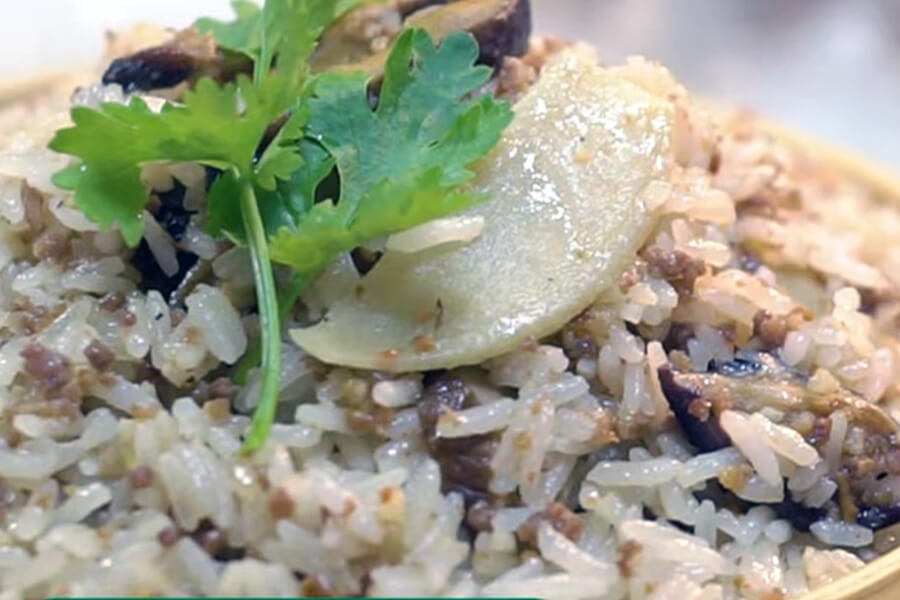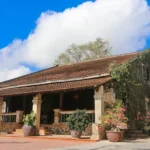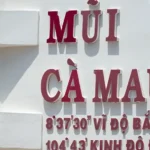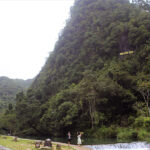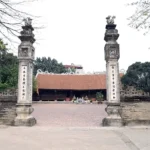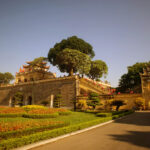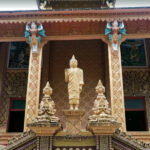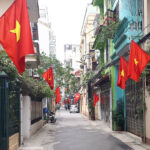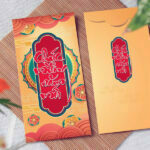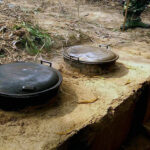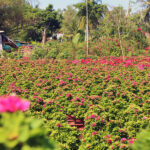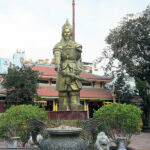For a country with a rich rice culture like Vietnam, products made from rice still hold an important position in the cuisine. Rice is present in most everyday dishes, from rice-centered family meals, to Phở, rice noodle, vermicelli, steamed rice roll…to traditional cakes such as Bánh Chưng, Bánh Dày… Besides, there is another extremely popular dish, which is steamed sticky rice (Vietnamese: Xôi).
The Ingredient of Sticky Rice
The main ingredients for making sticky rice are usually glutinous rice, or sometimes sticky rice. Except for white sticky rice dish which usually only has glutinous rice serve with a little salt, most other types of sticky rice are combined with coloring agents, creating a taste such as pineapple leaves to create green color; gac fruite (red color); turmeric powder (yellow color). Some ethnic groups (such as Tay, Nung, and Muong) use a variety of decoction from leaves, tubers, and roots of various plants to create colorful sticky rice.

(Source: collected)
Other combined ingredients such as green beans, black beans, peanuts, melon seeds, lotus seeds, cashews, corn…or foods of animal origin such as meat; fish or fruits also give sticky rice the flavors and distinct quality.
Steamed Sticky Rice in the Vietnamese Culture and Life
No one knows when sticky rice appeared, however, there are many documents that have told about sticky rice from the time of King Hung. And although it is a popular dish, sticky rice is also a solemn symbol, so it has always appeared in important events and publish holidays of Vietnamese people such as the celebration of longevity, the incense–offering ceremony to thank heaven and earth, grandparents, ancestors; celebration of wedding ceremony or giving birth; Tet holiday…

(Source: Vietnamnet)
Today, the habit of eating sticky rice of Vietnamese people has not been lost because of its convenience, quickness and long-lasting satiety. Whether it’s sticky rice from sidewalk stalls or in luxury restaurants, it is also a familiar and delicate dish of Vietnamese.
Varieties of Steamed Sticky Rice
Even when you sitting and thinking for a whole long day, it still can’t run out of versions of sticky rice, which are sticky rice mix with corn; sticky rice with chicken; sticky rice with mung bean filling with a coating of pandan leaves paste; sticky rice with peanuts; lam sticky rice (cooked in a tube of bamboo of the genus Neohouzeaua); sticky rice with pate and hams; subgum sticky rice; sticky rice with black urad beans; sticky rice made with aril and seeds of the gac fruit…

Sticky Rice served with smashed mung beans fried oinons
Up to now, it is difficult for anyone to calculate how many types of sticky rice have in Vietnam. Each region, the local people create a different type of sticky rice with their own typical flavor. In short, sticky rice can be divided into two types: savory and sweet.
Vietnamese sticky rice has diverse in the choice of ingredients to eat with. If some northern provinces like sticky rice served with smashed mung beans, fried onions, and rousong or sticky rice with birds (meat of pigeons, hoe or sparrow).

Sticky rice served with meat of pigeons and their eggs.
Meanwhile in Hue, people prefer to eat sticky rice with pork. Particularly in Nha Trang, there is a famous of the long-jawed anchovy sticky rice dish.
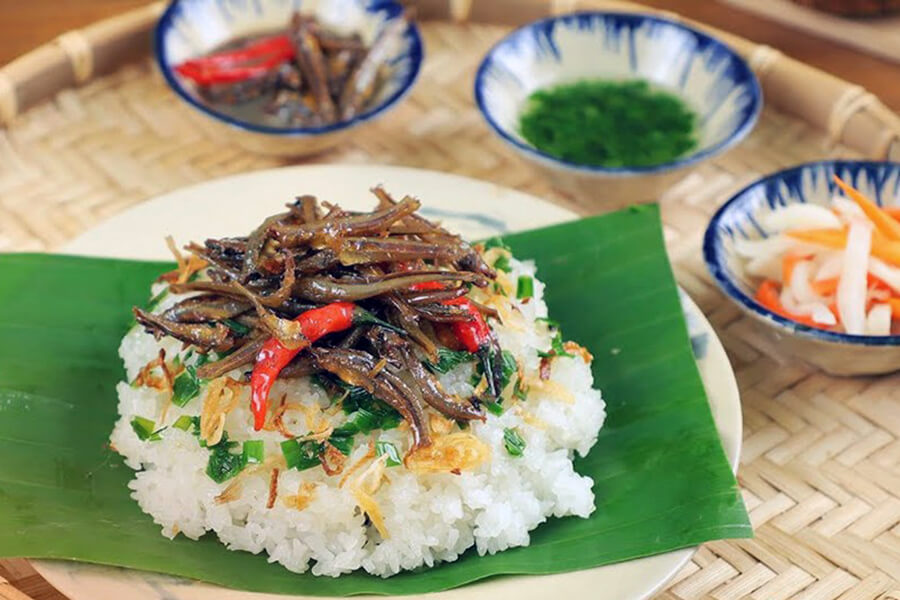
Long-jawed anchovy sticky rice dish (source: collected).
Coming to Kon Tum, you can’t miss the sticky rice with bamboo shoots full of sour, salty, spicy, fatty, and fleshy flavors.

Sticket Rice dish in Ho Chi Minh (source: thanhnien).
Saigoners have more variety of toppings, from thinly sliced pork rolls, pate, quail eggs, sausages, pork belly rub, onion fat, etc.
When enjoying the variety of steamed sticky rice, you will come closer to the heart of Vietnamese culture, enhancing health and flavor in every bite. Embark on this food tour in Vietnam, you will have the opportunity to discover the unique taste of delicious dishes in the country.
